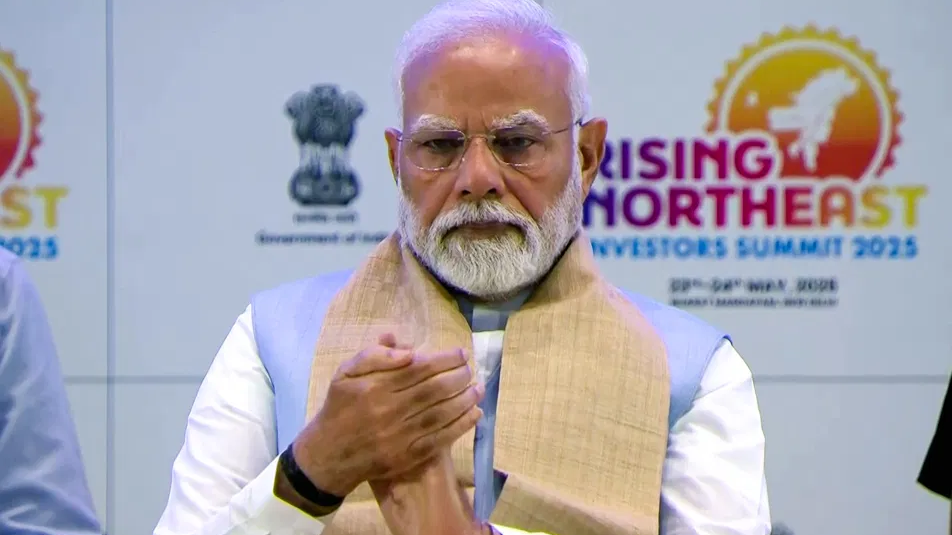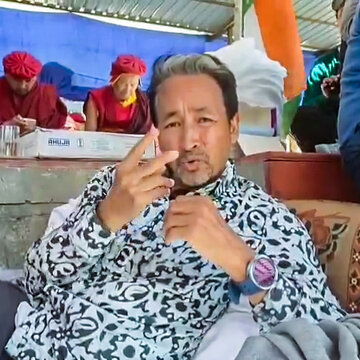Over many decades, the Northeast Region (NER) in India has been geographically and emotionally isolated from the rest of the country. That isolation is dying to some degree today, not only due to roads, railways and air routes, but also to the silent revolution of digital connectivity.
The Indian government, which has embarked on various projects such as the Act East Policy (AEP), North East Special Infrastructure Development Scheme (NESIDS), and Digital Northeast Vision 2022, is aiding the region to discover its digital voice.
Dr. Pemmasani Chandra Shekhar, Minister of State in Communications and Rural Development, describes the NER as India's strategic and technological frontier in the Digital Transformation period.
Launched in 2018, the Digital Northeast Vision 2022 lays out a roadmap for digital empowerment through infrastructure, inclusion, and innovation. The plan doesn’t hinge on a single fund but taps into multiple central schemes.
How PM-DevINE is bridging the connectivity gap in the Northeast
Under the PM-DevINE initiative, ₹6,600 crore was earmarked for the Northeast’s infrastructure and development between 2022 and 2026. The Vision outlines eight key focus areas, from digital infrastructure and services to innovation, cybersecurity, and startup promotion.
Broadband and mobile networks are reaching remote corners. Digital payments through UPI have become mainstream, with nearly 58% of the 15 lakh merchants in the region now accepting them.
Digital access equates to online education for students; for entrepreneurs, it provides the gateway to e-commerce and cross-border trade. More importantly, digital connection makes the citizens of a state feel connected to the rest of India, alleviating the long-standing feelings of isolation.
Still, even in 2022, there are numerous villages with no internet or mobile access. The highest number of mobile-uncovered villages was 65.94 in Sikkim, and the lowest was 10.88 in Assam. Repeat power cuts, slow speeds, and the inability to access devices are also dragging power back.
To bridge this gap, experts believe more people-centric policies are needed, including affordable networks, stronger private-public collaboration, and skill-building programmes. Dr Shekhar rightly said, “The Northeast is India’s natural gateway to ASEAN’s US$5 trillion digital economy,” per Observer Research Foundation.





